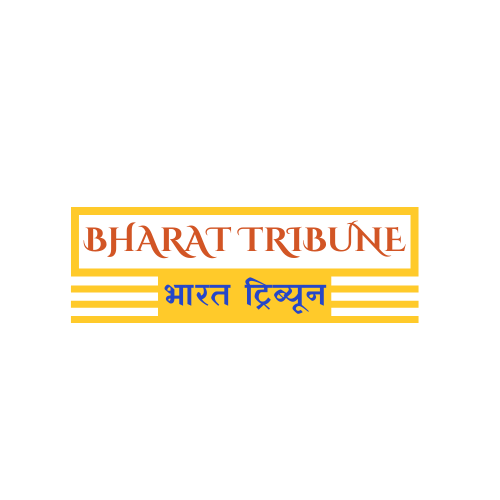Personalized Learning: Is Technology the Key?
In today's rapidly evolving educational landscape, personalized learning has emerged as a prominent approach aimed at tailoring education to meet the individual needs of each student. At the heart of this movement lies technology, which offers a wide array of tools and platforms designed to facilitate customized learning experiences. But is technology truly the key to unlocking the full potential of personalized learning? This article delves into the role of technology in personalized learning, exploring its benefits, challenges, and potential impact on the future of education.
What is Personalized Learning?
Personalized learning is an educational approach that focuses on the unique needs, interests, and aspirations of each student. Unlike traditional, one-size-fits-all methods, personalized learning aims to create a learning environment where students have greater control over their pace, path, and learning goals. This approach recognizes that students learn in different ways and at different speeds, and it seeks to provide them with the support and resources they need to succeed.
The Role of Technology in Personalized Learning
Technology plays a pivotal role in enabling and scaling personalized learning. Here are some key ways in which technology supports personalized learning:
- Adaptive Learning Platforms: These platforms use algorithms to assess a student's knowledge and skills, and then adjust the difficulty and content of the learning materials accordingly. This ensures that students are always challenged appropriately and are not held back by topics they have already mastered.
- Data Analytics: Technology enables educators to collect and analyze vast amounts of data on student performance. This data can provide valuable insights into student learning patterns, strengths, and weaknesses, allowing teachers to tailor their instruction to meet individual needs.
- Online Resources: The internet provides access to a wealth of educational resources, including videos, simulations, interactive exercises, and online courses. These resources can be used to supplement classroom instruction and provide students with additional learning opportunities.
- Communication and Collaboration Tools: Technology facilitates communication and collaboration between students, teachers, and parents. Online forums, video conferencing, and collaborative documents enable students to connect with their peers and teachers, share ideas, and work together on projects.
Benefits of Technology-Enabled Personalized Learning
Technology-enabled personalized learning offers a range of potential benefits for students, teachers, and the education system as a whole:
- Increased Student Engagement: By tailoring learning to their individual interests and needs, technology can make learning more engaging and relevant for students. This can lead to increased motivation, better attendance, and improved academic outcomes.
- Improved Learning Outcomes: Personalized learning can help students master concepts more effectively and efficiently. By providing targeted support and feedback, technology can help students overcome learning obstacles and achieve their full potential.
- Greater Flexibility and Accessibility: Technology can make learning more flexible and accessible for students with diverse needs and learning styles. Online resources and adaptive learning platforms can be accessed anytime, anywhere, allowing students to learn at their own pace and on their own schedule.
- Enhanced Teacher Effectiveness: Technology can free up teachers' time by automating administrative tasks and providing them with data-driven insights into student learning. This allows teachers to focus on what they do best: building relationships with students, providing personalized support, and creating engaging learning experiences.
Challenges of Technology-Enabled Personalized Learning
Despite its potential benefits, technology-enabled personalized learning also presents a number of challenges:
- Digital Divide: Not all students have access to the technology and internet connectivity they need to participate in personalized learning programs. This digital divide can exacerbate existing inequalities in education.
- Data Privacy and Security: The collection and use of student data raise concerns about privacy and security. It is essential to ensure that student data is protected and used responsibly.
- Teacher Training and Support: Teachers need to be trained on how to effectively use technology to personalize learning. They also need ongoing support to integrate technology into their teaching practices.
- Cost: Implementing technology-enabled personalized learning programs can be expensive. Schools and districts need to invest in hardware, software, and teacher training.
Conclusion
Technology holds immense potential to transform education by enabling personalized learning experiences that cater to the unique needs of each student. By leveraging adaptive learning platforms, data analytics, online resources, and communication tools, educators can create more engaging, effective, and equitable learning environments. However, it is crucial to address the challenges associated with technology-enabled personalized learning, such as the digital divide, data privacy concerns, and the need for teacher training and support. When implemented thoughtfully and strategically, technology can be a powerful tool for unlocking the full potential of personalized learning and improving outcomes for all students.




